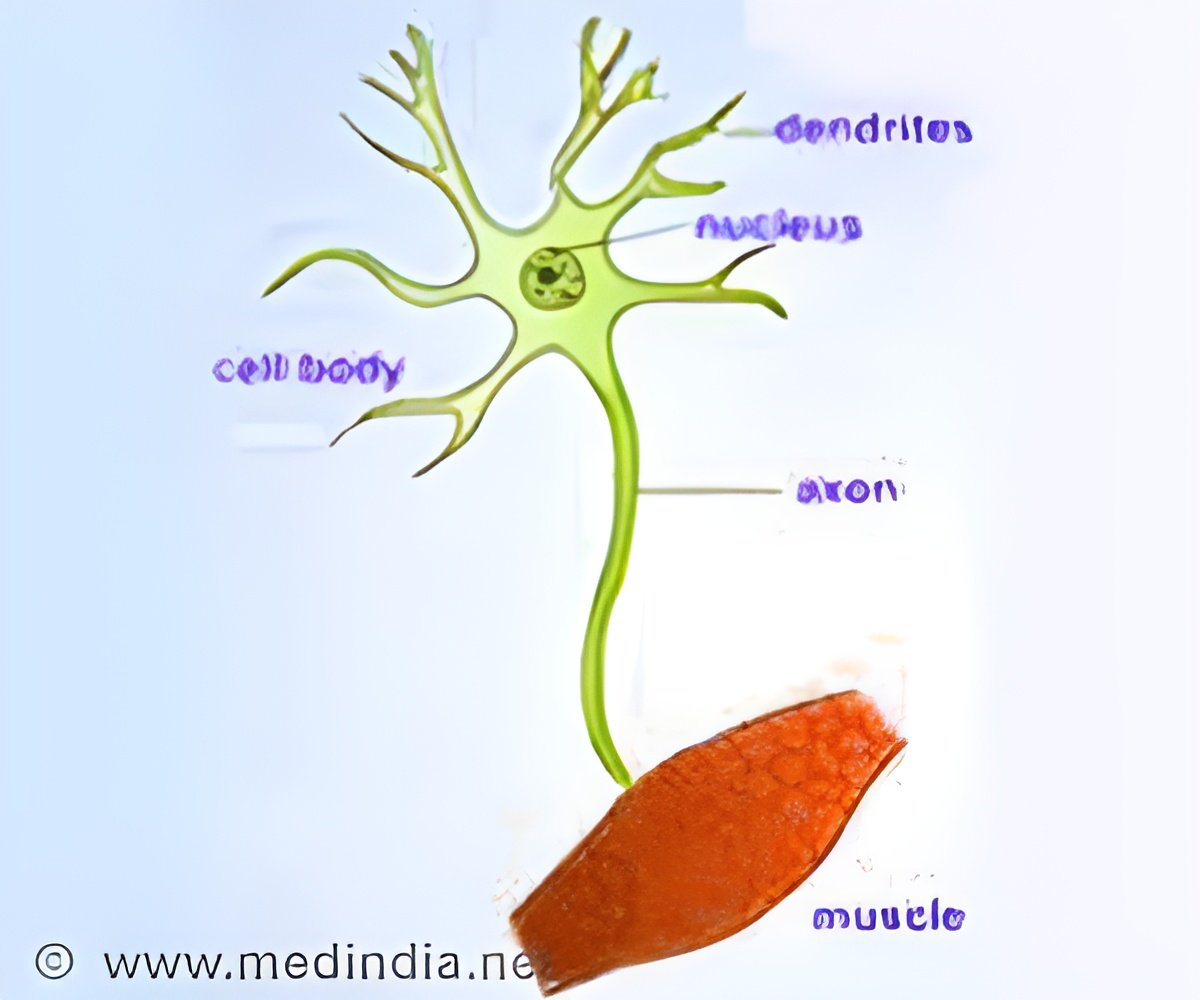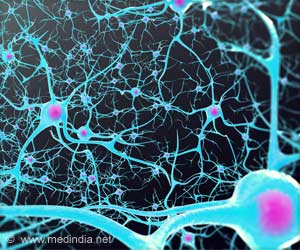A novel imaging technique allows scientists to visualize and monitor the structural alterations in neuronal networks.

‘A novel imaging technique that allows scientists to visualize and monitor the structural alterations in neuronal networks has been developed and refined by researchers.’





Ertirk and his team previously developed and have now refined a novel imaging technique that allows them to visualize and monitor these structural alterations in neuronal networks. The new findings appear in the journal Nature Methods. The new imaging method is based on a clearing-and-shrinkage procedure that can render whole organs and organisms transparent, making - for instance - the full length of the rodent spinal cord accessible to optical imaging. Moreover, the technique is applicable down to the level of individual cells, which are labeled with fluorescent protein tags and can be visualized under the microscope by irradiating them with visible light. This enables researchers to map complex neuronal networks in rodents in 3D, a significant step in revealing the enigma behind the human brain.
Because essentially all cell types - including immune cells and tumor cells - can be specifically labeled with the aid of appropriate fluorescent markers or antibodies, the new method can be employed in a broad range of biomedical settings. "Since it allows individual cells to be localized, the method could be used to detect and characterize metastatic tumors at an earlier stage than is now feasible, or to monitor how stem cells behave in the body following a bone-marrow transplant," says Ertirk. Furthermore, the images obtained can be archived in a database and made available to other researchers, which should help reduce unnecessary duplication of studies. Ertirk and his colleagues are already planning to assemble such an online archive.
Source-Eurekalert












